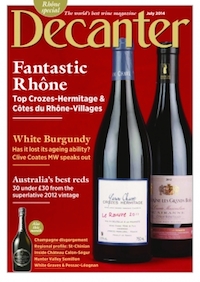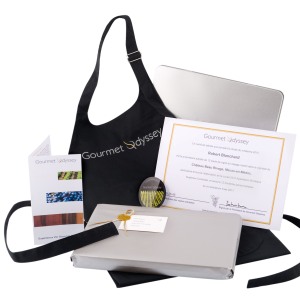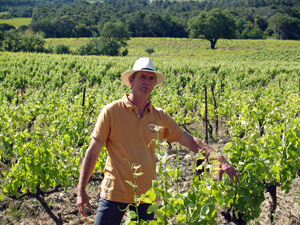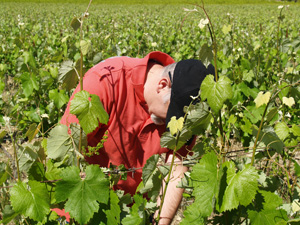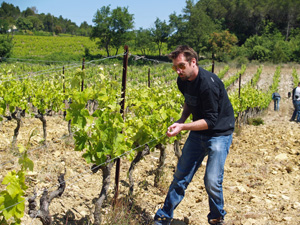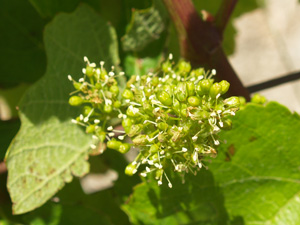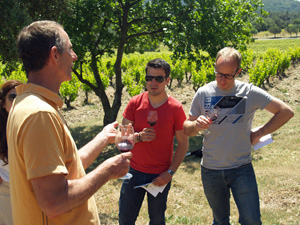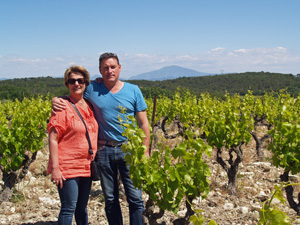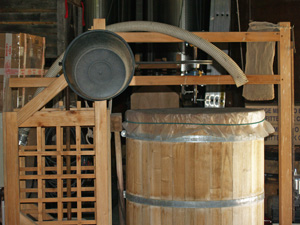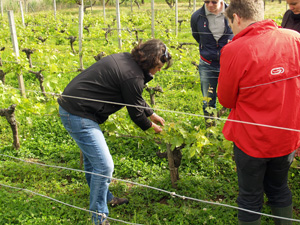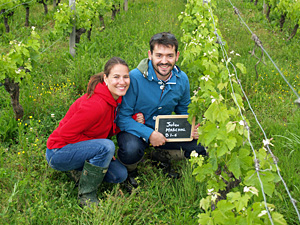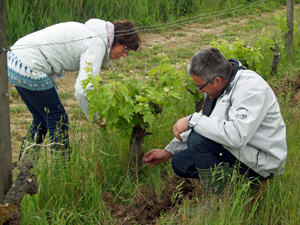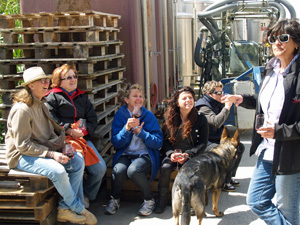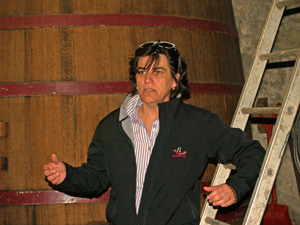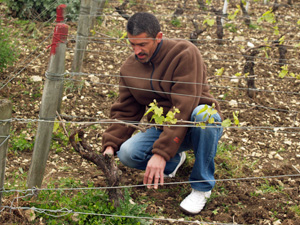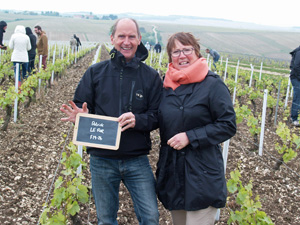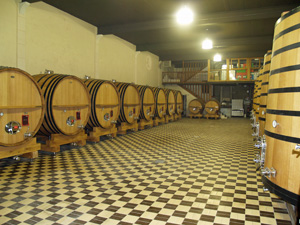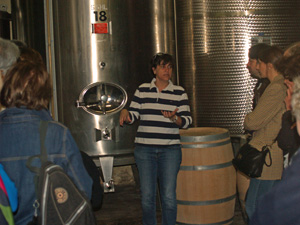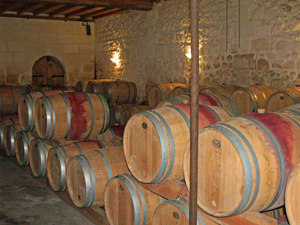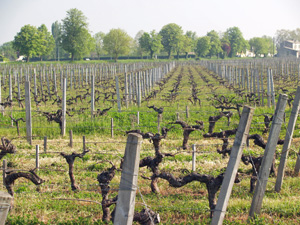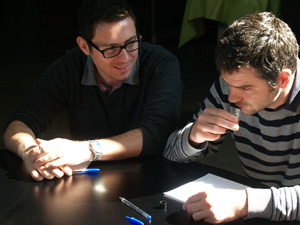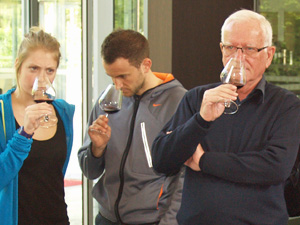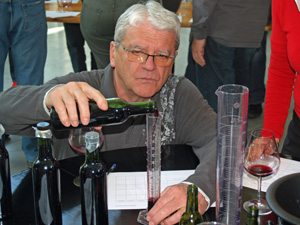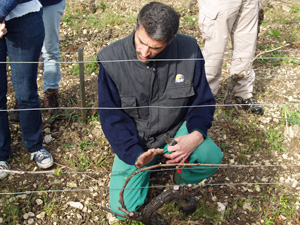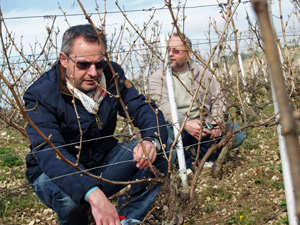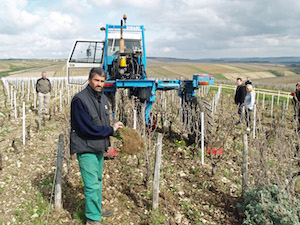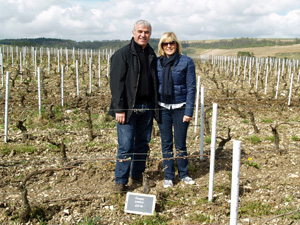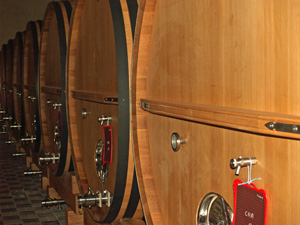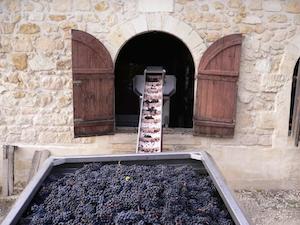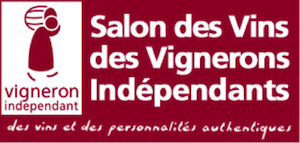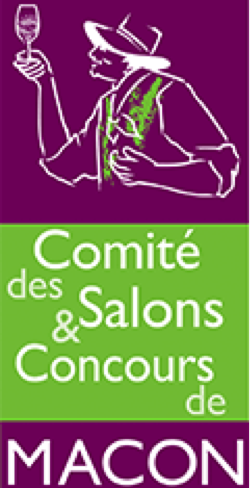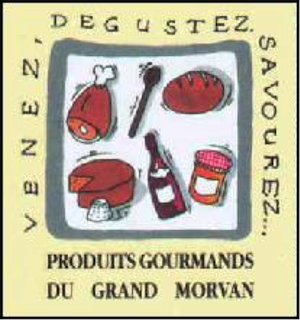The sun was out for the Harvest Experience Days last weekend at Domaine Chapelle in Santenay. We were there for the first days of this year's harvest, and we got involved in each of the harvesting stages from picking the grapes to putting them in the vats.
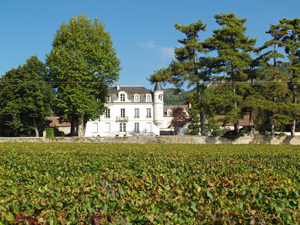
The day started in the Clos des Cornières vineyard, the plot where the adopted vines of our apprentice winemakers are located. Before getting down to the serious business of the day, we took a few minutes to find our vines and mark the occasion with a few photos.
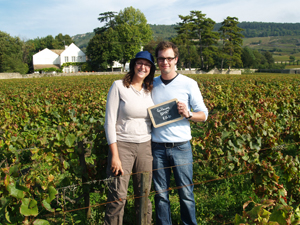
Jean-François Chapelle, the winemaker and owner of the winery, showed us how to harvest; which grapes to pick and which are better left behind due to rot or a lack of maturity. Armed with a pair of secateurs and a crate, we spread out, two people to each row, to start harvesting the grapes. The harvest is looking good, and the warm, sunny weather of the last couple of weeks has done the world of good to reduce the acidity and increase the sugar levels in the grapes.
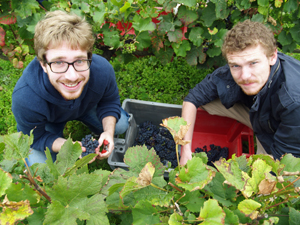
Each pair picked to their own rhythm, and once the crate was full, they brought it back to end of the row to exchange it for a new one. Fortunately, the vines in the Clos de Cornières are more heavily laden than last year, so the crates quickly filled up!
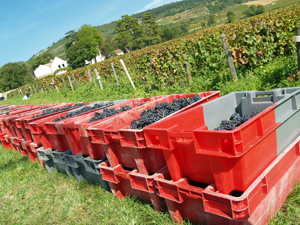
After the morning's work, we returned to the garden of the château for a well earned aperitif - a nice fresh Santenay Saint Jean white wine to refresh the palate!
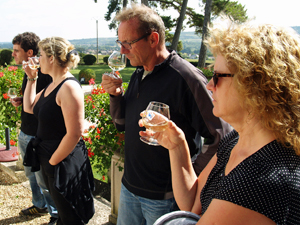
We continued the wine tasting with some red wines from the estate over lunch, which was served in the harvester's refectory. We tasted a Santenay Clos des Cornières, Santenay Premier Cru Les Gravières, before finishing with an Aloxe Corton. After lunch, we continued in the steps of the grapes. First stop, the harvest reception hall. Here, the crates of picked grapes are unloaded from the vans, and then emptied one by one onto the sorting table to remove any unwanted grapes that went unnoticed in the vineyard. Yannick, the winery's Technical Director, showed us how to do this important work.
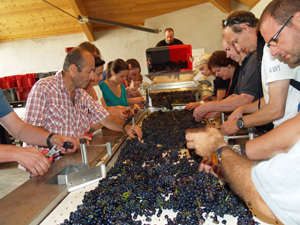
At the end of the sorting table, the grape bunches pass through a de-stemming machine to separate the berries from the stalk. The grapes fall into a chute that carries them down into the fermentation hall where a trolley is waiting to transport them on the final leg of their journey up a conveyor belt and into the vat. Jean-François explained how the sugar in the grapes will ferment over the coming days to transform the grape juice into wine.
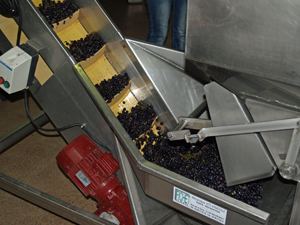
The day ended with a final tasting session to taste the grape juice that we had harvested from our vineyard. The next chance we will get to taste it will be during one of the Vinification Experience Days at the start of next year.
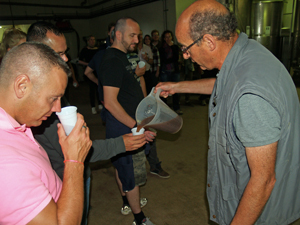
Many thanks to Domaine Chapelle for letting us take a sneak peek behind the scenes during the busy harvest time, and to all of the participants for their good cheer and hard work!



